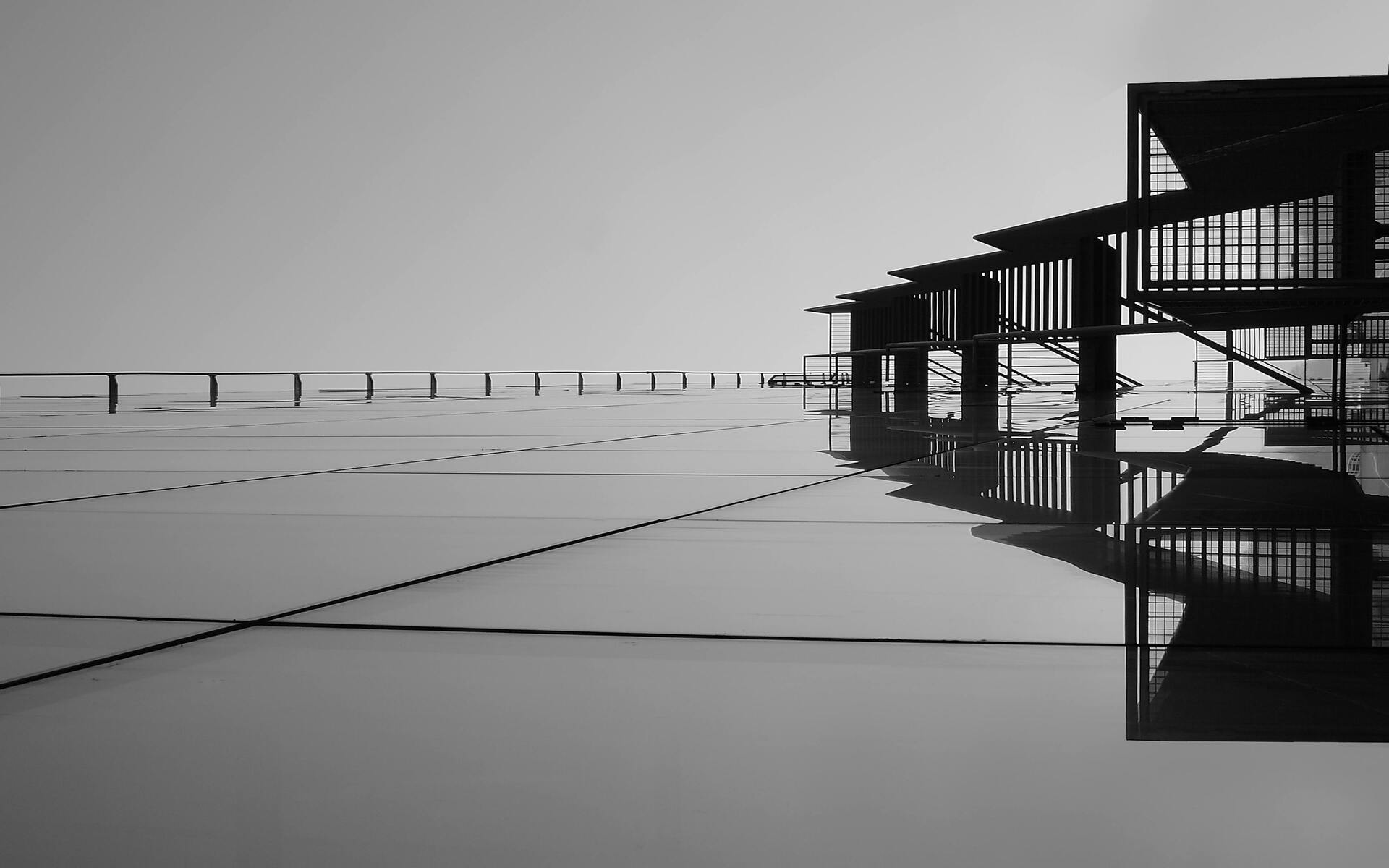
FAQ About Architectural Photography
Architectural Photography
2 years ago | gizem
What are the differences between architectural photography and real estate photography?
Architectural photography and real estate photography share some similarities, as they both involve photographing buildings and interior spaces. However, they serve different purposes and have distinct characteristics:
Architectural Photography:
- Purpose: Architectural photography focuses on capturing the artistic and architectural qualities of a building or structure. It aims to showcase the design, details, and aesthetic elements of the architecture itself.
- Audience: Architectural photographs are often created for architects, designers, builders, and publications related to architecture and design. They may be used for architectural portfolios, marketing materials, or architectural competitions.
- Composition: Architectural photographers pay meticulous attention to composition, framing, and lighting to emphasize the building's design, lines, textures, and details. The goal is to create visually striking and artistic images.
- Post-Processing: Architectural photographers often employ advanced post-processing techniques to fine-tune images, correct lens distortions, and achieve a polished and visually appealing result.
- Equipment: High-end equipment, such as tilt-shift lenses, is commonly used in architectural photography to control perspective distortion and achieve precise composition. Tripods, remote triggers, and various lighting equipment may also be used.
- Timing: Architectural photographers may choose specific times of the day, like the golden hours, to capture the building in the best possible light. They may also schedule multiple shoots to account for different lighting conditions.
Real Estate Photography:
- Purpose: Real estate photography primarily serves the purpose of marketing properties, such as homes, commercial spaces, or rental units. The goal is to present the property in a way that attracts potential buyers or renters.
- Audience: Real estate photos are created for real estate agents, property listings, and online platforms like real estate websites and listing services. The audience includes potential buyers or renters.
- Composition: While composition and lighting are still important, real estate photography tends to focus more on capturing the entire space efficiently. It aims to show the layout, size, and functionality of rooms and spaces.
- Post-Processing: Real estate photos often undergo basic post-processing to enhance brightness, color balance, and overall presentation. However, extensive retouching or artistic effects are less common.
- Equipment: Real estate photographers may use wide-angle lenses to capture more of the interior space in a single frame. Tripods are commonly used for stability, but additional lighting equipment may not be as prevalent as in architectural photography.
- Timing: Real estate photographers typically aim to capture properties when they are well-lit, often during daylight hours, to present rooms in the best possible light. Quick turnaround times are often important to meet listing deadlines.
